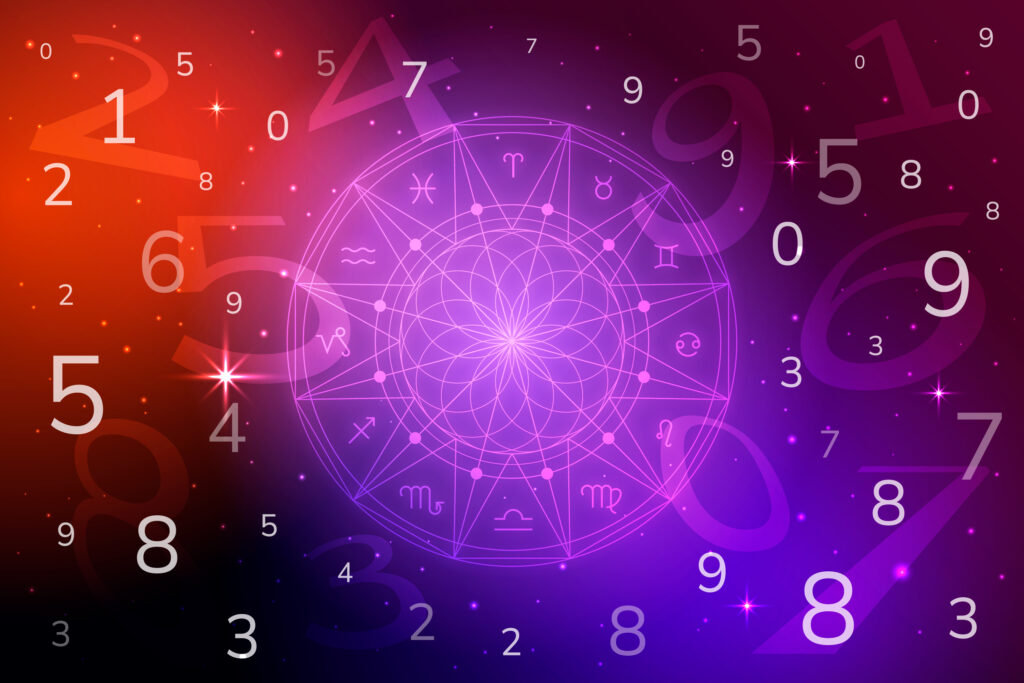VEDIC MATHS
Vedic Mathematics is a system of mathematical techniques and principles derived from ancient Indian scriptures known as the Vedas, specifically the “Atharvaveda.” It was popularized in the 20th century by Swami Bharati Krishna Tirthaji, who compiled these techniques into a book called “Vedic Mathematics.”
Key Features of Vedic Mathematics:

- Sutras (Formulas): Vedic Math consists of 16 Sutras (aphorisms) and 13 sub-sutras, which are simple and concise formulas for solving mathematical problems efficiently.
- Simplified Calculations: These methods are designed to simplify arithmetic operations such as addition, subtraction, multiplication, division, and even advanced topics like algebra and trigonometry.
- Faster Computation: It helps in performing calculations mentally at high speed, which is useful in competitive exams and real-life scenarios.
- Universal Application: The techniques can be applied across various mathematical fields, including arithmetic, geometry, algebra, and calculus.
Advantages:
- Mental Agility: Enhances mental calculation skills and analytical thinking.
- Time-Saving: Reduces the time required for solving complex problems.
- Error Reduction: Minimizes mistakes by offering straightforward approaches.
- Flexibility: Provides multiple ways to solve a problem, allowing learners to choose the method they find easiest.
Examples of Vedic Math Techniques:
- Multiplication (Urdhva Tiryak Sutra): A cross-multiplication method for fast and efficient calculations. Example: can be calculated step by step using this Sutra.
- Squaring (Yavadunam Sutra): A shortcut for squaring numbers close to powers of 10. Example: can be solved as , so the answer is .
- Division (Nikhilam Sutra): A method for dividing numbers based on their complements. Example: Dividing by can be simplified using this Sutra.
Applications:
Academic learning for school and college students.
Competitive exams like CAT, GMAT, GRE, and bank exams.
Encouraging a deeper interest in mathematics.
